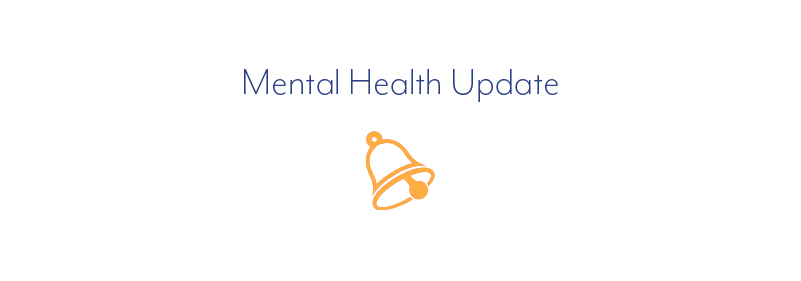Mental Health Update

LGBTQ New Yorkers Increased Needs for Mental Health Services
This article is from today’s Crains’ and is sadly a reflection of the ongoing crisis in mental health care for individuals who identify as LGBTQ.
Health disparities persist among LGBTQ New Yorkers
LGBTQ New Yorkers continue to face significant health disparities and barriers to care, according to a new study from the state Department of Health.
The data, part of a statewide survey, shows that residents who identify as lesbian, gay, bisexual or another sexual orientation and transgender adults are more likely than non-LGBTQ residents to experience addiction, suicidal ideation, food insecurity and difficulty affording medical care.
More than a million adults in New York identify as LGBTQ, including one in five people between 18 and 24 years old, according to Health Department data. While stigma and discrimination can lead to chronic stress that can impact other health issues, like high blood pressure and anxiety, the report also shows gaps in health access and outcomes.
Cost remains a key barrier. LGBTQ New Yorkers are more than twice as likely to face financial obstacles to getting care than non-LGBTQ residents. Thirteen percent of lesbian, gay or bisexual adults and 17% of trans adults reported cost-related barriers, compared to just 7% of the non-LGBTQ population. Transgender adults also reported more than twice the rate of housing instability, food insecurity and unreliable transportation, social factors that further limit access to care.
Accompanying access issues is the heightened prevalence of substance use, including tobacco, cannabis and binge drinking. LGBTQ New Yorkers are more than twice as likely to smoke and around a quarter reported heavy drinking, versus 18% among non-LGBTQ adults who binge drink. A previous Health Department study — the 2021 Community Survey, which compared state and national data — found alcohol use among LGBTQ New Yorkers was 50% higher than the national average. Use of sedatives and prescription stimulants was at least two to three times the national average, while opioid use among LGBTQ adults over 25 was twice as high.
The latest survey showed higher rates of depression and emotional distress and planned or attempted suicide. More than half of LGBTQ adults reported having two or more adverse childhood experiences that impact their mental health. Suicidal ideation is more than four times as common among LGBTQ residents. Despite that, a third of lesbian, gay or bisexual adults and half of transgender adults reported not receiving needed emotional support.
The state has taken steps in recent years to address some of the disparities but recent federal cuts threaten a wide range of public health services, including substance use treatment. The Health Department funds 48 separate health programs tailored to LGBTQ communities through the Office of LGBTQ Services, which was established in 2024. The office has a $12 million budget, including $2 million for the Lorena Borjas Transgender Wellness Equity Fund, a workforce development program for transgender, gender non-conforming and non-binary people. It is unclear how much of that funding is impacted by the Trump administration’s recent federal cuts to Medicaid and state health agencies.
“The Department continues to monitor any changes to grant funding and remains committed to ensuring New Yorkers remain informed and receive the resources and services they deserve,” said spokeswoman Cadence Acquaviva.